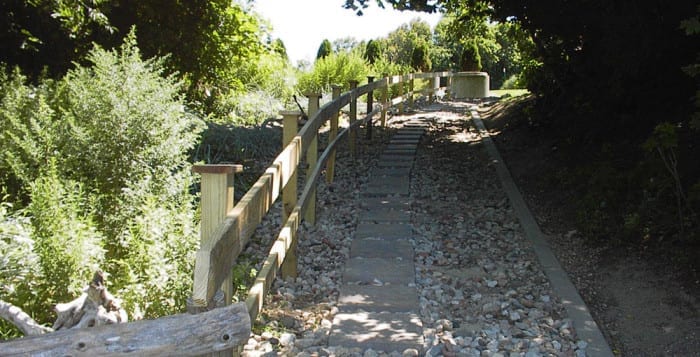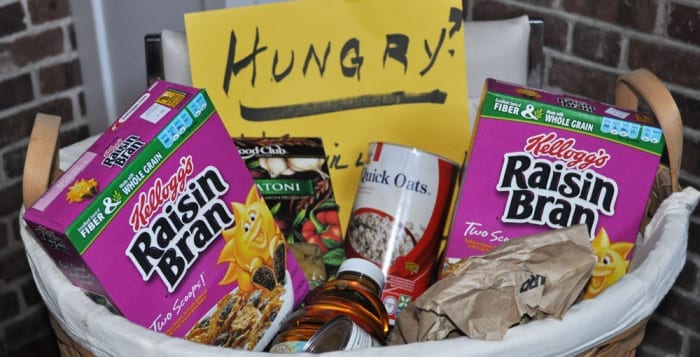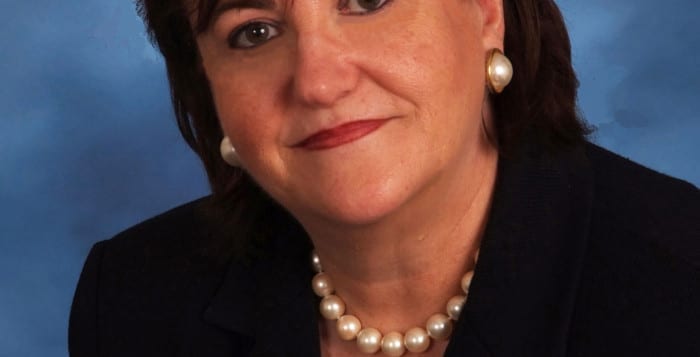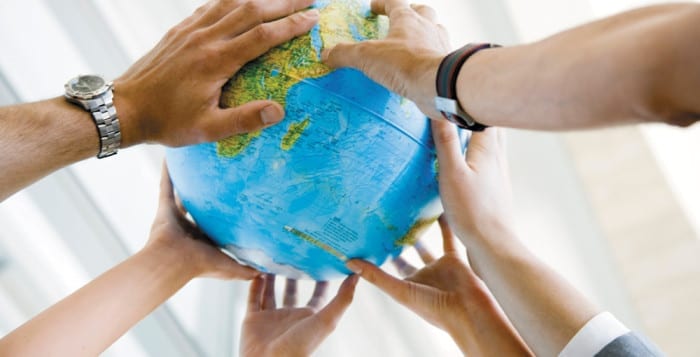We didn’t make up that headline. That is the name of an actual recent military study, the second of its kind, that found at least 9 million American youths are too overweight to serve in the armed forces.
That’s about a quarter of our young people between ages 17 and 24, according to population statistics from the U.S. Census Bureau.
Being overweight or obese is the top medical reason preventing young people from enlisting, according to the military study. One retired Army general called childhood obesity “a potential threat to our national security” in the future.
In case anyone was unsure of whether we have a weight or obesity problem in this country, that fact should really hammer it home. The military study gives a snapshot of what is occurring throughout our entire nation.
The problem is parents.
Some may feel outrage to see this blunt statement in ink, but the fact is that parents are responsible for teaching their kids, partly by example and partly by directive, how to eat healthy and live a healthy lifestyle that includes physical activity.
It’s true there is a degree of health and nutrition education in schools and, of course, schools should strive to offer healthy food in their breakfast and lunch programs. However, school districts should only be supplementing what parents are supposed to do in their own homes. An obvious reason for this is that children spend a tremendous amount of time with their parents and learn the most from them and their examples throughout their lives. And it is up to parents to raise their children and show them how to make good decisions, not the public school system.
Of course there are medical conditions that cause weight gain, such as hypothyroidism and Cushing’s syndrome, and complicate matters. But those conditions — both of which are much more prevalent in females than males, who are the primary target for military recruitment — certainly do not account for anywhere near all of the overweight young people. In fact, both conditions are more likely to affect older people than children and young adults.
Some may argue that it’s hard to teach kids about proper nutrition when they are bombarded by fast food ads, or when the parents are busy working to support the family. But we’re not saying parenting is easy — we’re saying it’s a parent’s job.
Teaching kids how to eat healthy and exercise is important and many parents need to step up their game, or it’s not just our military recruitment numbers that will suffer.














